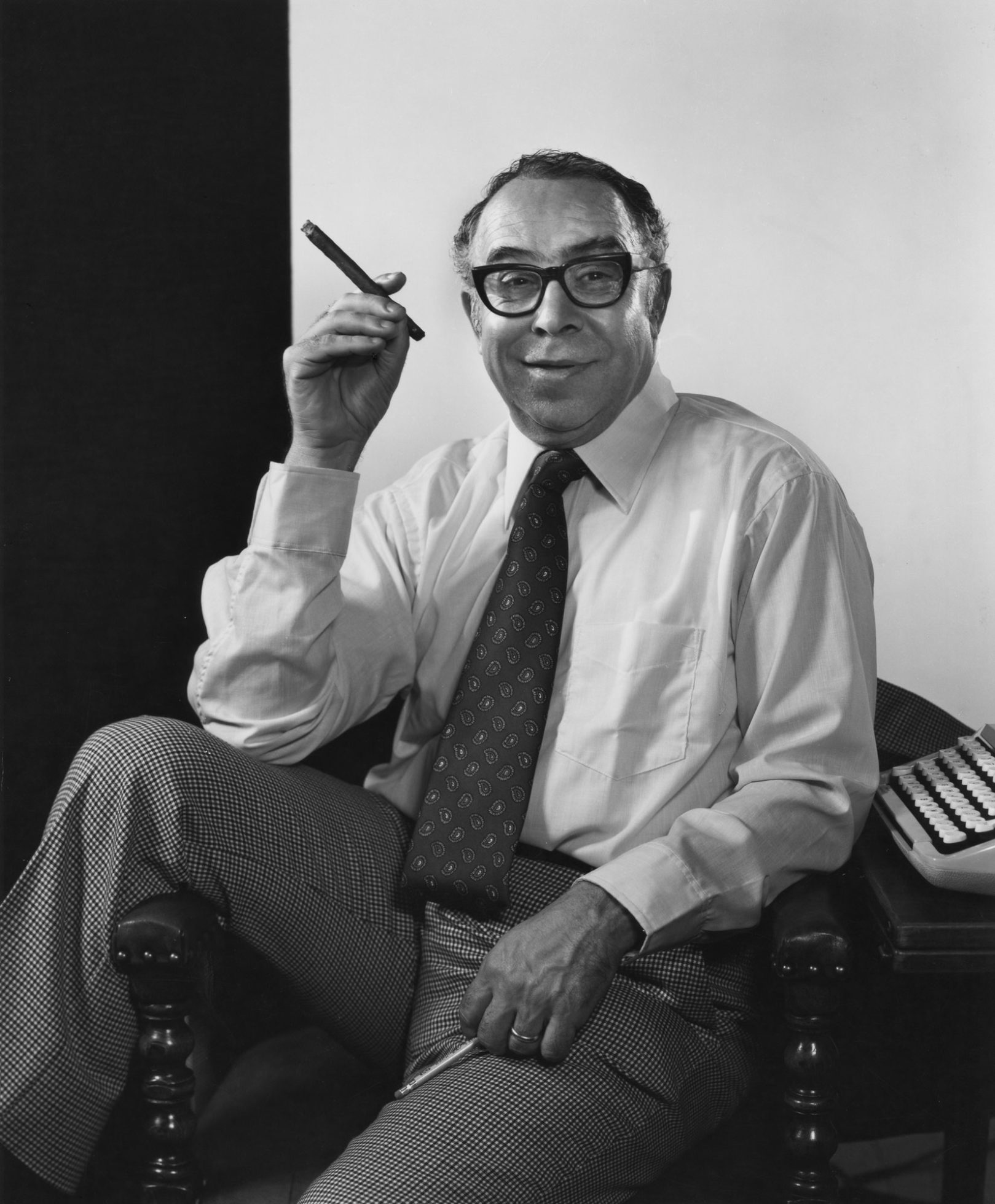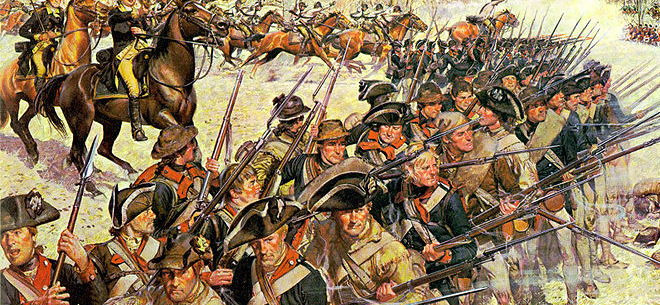TINKER CREEK, VA — The creek flowed for millions of years but the world beyond its banks was too busy to notice. Then in 1971, a young woman from nearby Roanoke began dropping by.
She called herself “a fugitive and a vagabond, a sojourner seeking signs.” “I am no scientist,” she wrote. “I explore the neighborhood.“ She spent two years along the creek, wandering, studying, jotting thoughts. No body of water since Walden Pond had enjoyed such a loyal bard. And when A Pilgrim at Tinker Creek came out in 1974, American letters had found the “true heir” to Thoreau.
Annie Dillard worried that she had "shot my lifetime wad. Pilgrim is not only the wisdom of my 28 years but I think it's the wisdom of my whole life.” Yet she grew into “the writing life,” tapping her inquisitive soul to write essays, novels, poetry, a memoir of childhood, even a book about writing. Readers marveled. How could a mind contain such multitudes?



 Claire Sanders Swift has three decades of experience as a broadcast and print journalist. She has won two Emmys, a National Headliner Award, and a Distinguished Alumnae Award from her Alma Mater, Hollins University.
Claire Sanders Swift has three decades of experience as a broadcast and print journalist. She has won two Emmys, a National Headliner Award, and a Distinguished Alumnae Award from her Alma Mater, Hollins University. 
